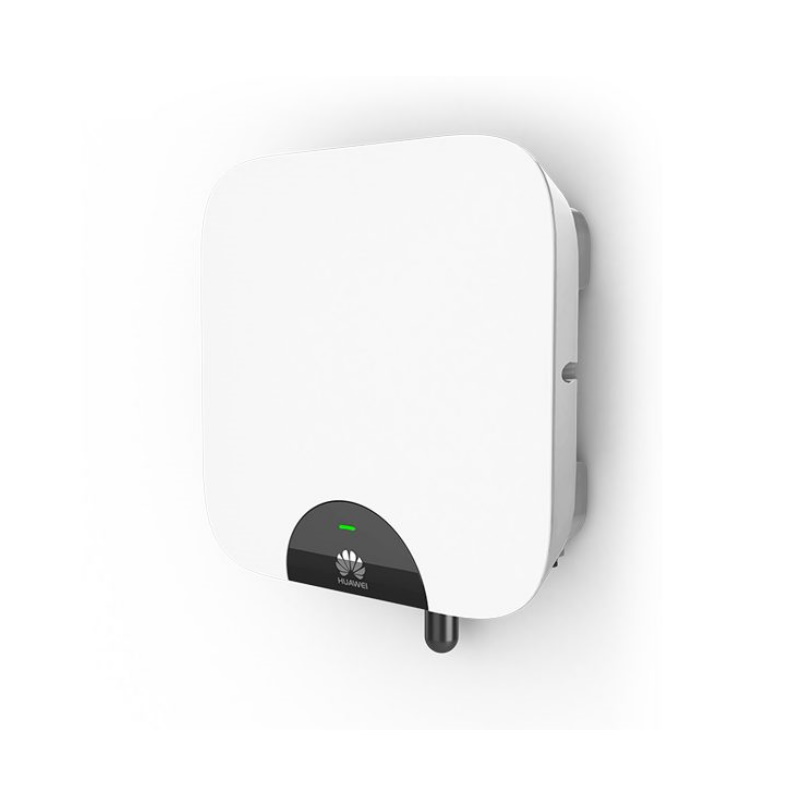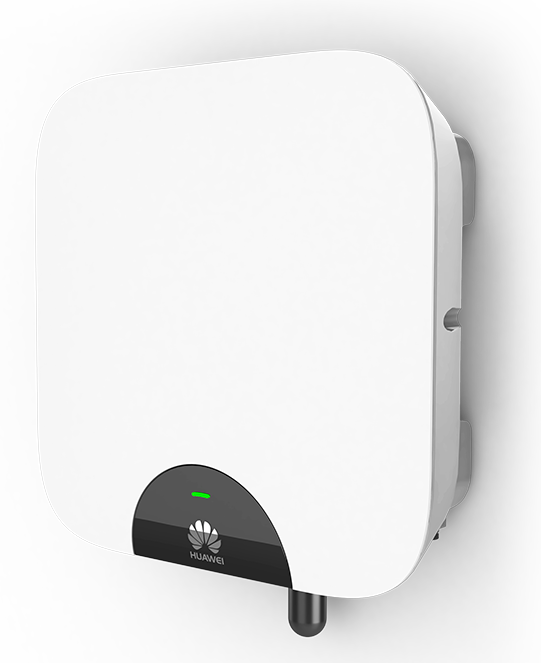![]()
Solar Inverters – What Are They and What Do They Do?
What are Solar Inverters?
Our article “How solar panels work” explained how solar panels collect energy via the Sun’s light and generate direct current (DC). However, most of the appliances used in our homes require electricity in alternating current form (AC). An inverter provides the critical function of converting DC electricity into AC electricity, allowing solar power to be used in the house and/or fed back to the grid if need be.
Inverter AND Solar System & Grid Interaction
In addition to converting DC to AC, inverters are critical in maintaining working interactions between the solar system and the grid whilst also keeping your solar panels operating at their maximum potential. Essentially, inverters are the ‘brain’ of a solar power system and if the inverter is switched off or not operating faultlessly then your solar panels will not produce any electricity.
Some of the other things an inverter does are:
- Solar Power Control: Inverters optimise the performance of solar panels with a control known as a “Maximum Power Point Controller (MPPT)” unit. This control ensures that solar panels will operate at their maximum power point and always generate the most electricity possible.
- Monitoring: Most inverters offer a variety of monitoring options that allow owners to track their system output and performance and be alerted in the event of any problems with the system. Some inverter manufacturers also offer more comprehensive, extensive and detailed monitoring options. This usually requires the purchasing and installation of additional, but compact, equipment.
- Grid Export: When your solar system is generating more power than your household electricity load, the excess electricity is exported to the grid. You will be paid for this exported electricity according to tariff rates determined by your electricity retailer (typically around 8c/kWh). Inverters make sure that the exported electricity is compliant with grid voltage and frequency requirements. Anything outside of this can cause problems for utility networks.

What types of solar inverters are there in the market?
- String (Grid Connect) Inverters
These are the most common type of inverter used for residential solar power generation. These inverters can be connected to the electricity grid so are well suited for most households. Indeed, these inverters won’t work unless they are connected to the grid. There is generally only one string inverter for each solar power system. This will be mounted on a wall that is out of the sun whilst also being as close as possible to your switchboard. String inverters are currently the cheapest and most common inverters on the Australian market. Solbase offers a range of string inverters from various manufacturers, with options to meet any and all customer requirements or preferences.
- Battery Inverters
Battery inverters, or inverter chargers, allow for the use of batteries that can store electricity and are required for any battery when connected to AC power. They convert DC electricity from batteries to AC power when the batteries are discharging and conversely convert AC to DC when the batteries are charging. They also control the charging/discharging of the batteries.

These types of inverters have conventionally been used in off grid solar power systems, but recent decreases in battery costs and increases in electricity prices have made batteries an attractive option for a wider range of systems. As such, these inverters are more frequently being used for grid connected properties in the form of a hybrid system, whereby a battery inverter is used in conjunction with a grid connected inverter. These hybrid systems mean that a battery can be charged by solar power during the day and any stored power can be drawn from the battery at night. If you are interested in battery inverters, please contact a member of the Solbase team. Call 1300 718 066 or email info@solbase.com.au
- Micro inverters
A micro inverter is a much smaller version of the grid connect string inverter. However, unlike string inverters that are designed to be connected to the whole array of solar panels, Micro inverters are designed to suit individual panels so that each panel has its own inverter. A micro inverter is installed underneath the panels.
Micro inverter solar systems offer a higher yield per panel when compared with other inverter systems. This is due to their individual panel-level maximum power point tracking and the fact that shading of panels will have less of an impact. Micro inverters also provide much more detailed monitoring of solar systems.
We hope this article helps you to understand how inverters work and the range available. If you have any further questions on which inverters are most suitable for your home or business, or further questions on how inverters work, contact Solbase and speak with one of our Solar Experts on 1300 718 066

